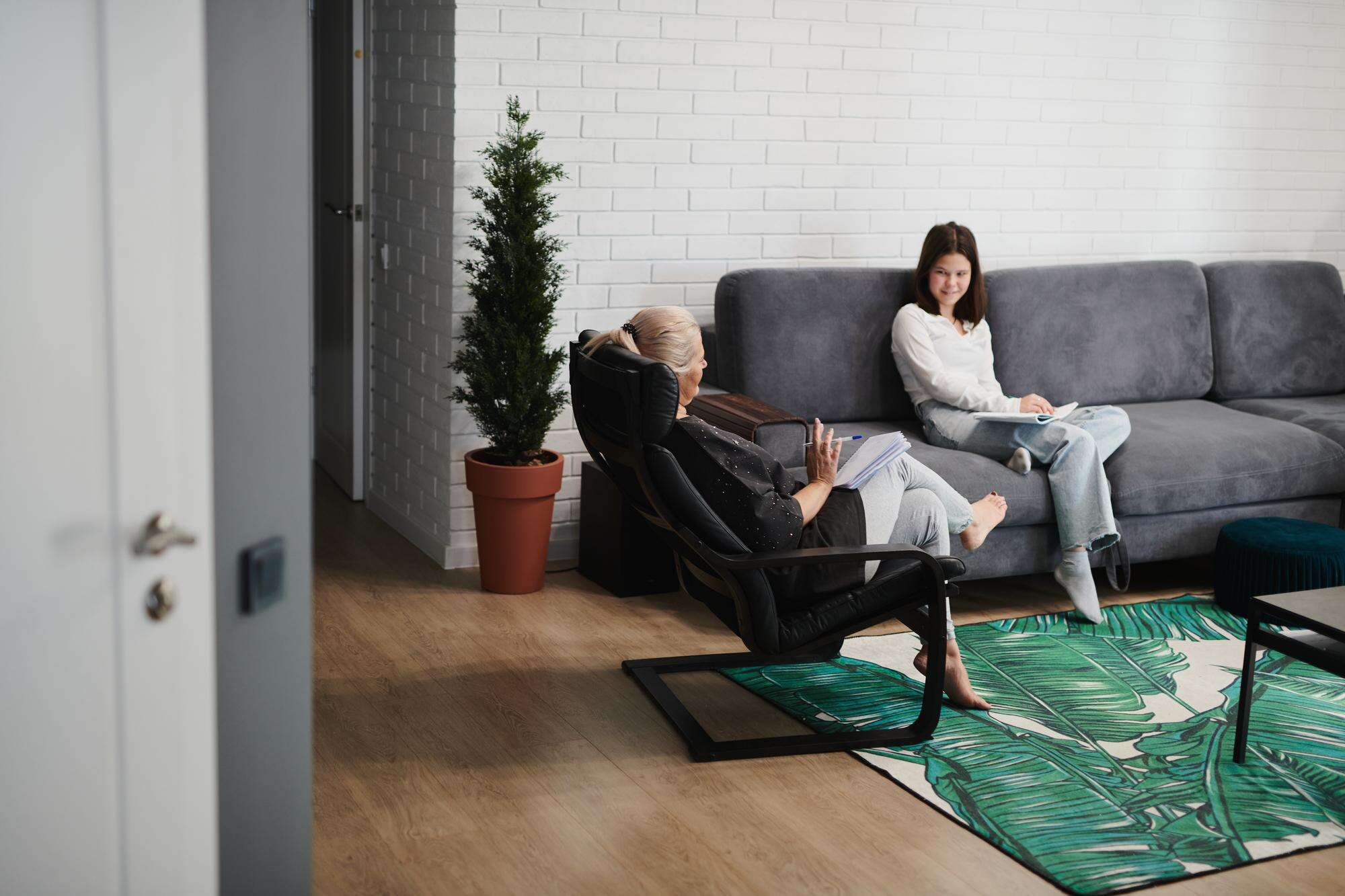Aging in Place: Heartfelt Tips for Creating a Safe and Comfortable Home
Aging in place is a heartfelt decision that many seniors are making, opting to stay in the comfort of their own homes as they grow older. This choice, though deeply rewarding, requires thoughtful planning to ensure safety and comfort. From simple modifications, such as grab bars and improved lighting, to comprehensive home safety assessments, adapting a home for aging individuals can make a significant difference. Services like personalized meal planning or home chef options can also play a vital role in maintaining independence while promoting health. Join us as we explore practical tips and emotional insights on creating a nurturing environment for seniors choosing to age in place.## Creating a Safe and Comfortable Home

As we age, our homes need to adapt to our changing needs. Let’s explore the key aspects of making a home safe and comfortable for aging in place.
Adaptive Living Essentials
Adaptive living is about making small changes that have a significant impact on daily life. These modifications can help seniors maintain independence and comfort in their homes.
Installing grab bars in bathrooms and hallways is a simple yet effective way to prevent falls. These sturdy supports provide stability when moving around or getting in and out of the bathtub.
Improving lighting throughout the house is another crucial step. Brighter, more evenly distributed light can reduce eye strain and minimize the risk of accidents. Consider adding motion-sensor lights in hallways and stairwells for nighttime safety.
Lastly, rearranging furniture to create clear pathways can make navigation easier. Remove tripping hazards like loose rugs and ensure there’s enough space for mobility aids if needed.
Home Safety Assessments
A home safety assessment is a thorough evaluation of your living space to identify potential hazards and areas for improvement. This process is crucial for creating a safe environment that supports aging in place.
Professional assessors can spot risks that might not be obvious to homeowners. They check for things like uneven flooring, inadequate lighting, and hard-to-reach storage areas.
These assessments often include recommendations for modifications. This might involve suggesting the installation of a stairlift, recommending non-slip flooring, or advising on the placement of emergency response systems.
Regular reassessments are critical as needs change over time. What works today might need adjustment in a few years, so it’s wise to schedule periodic reviews of your home’s safety features.
Services for Aging in Place
Various services can support seniors who choose to age in place, enhancing their quality of life and ensuring their needs are met. These services can be tailored to individual requirements.
Home care services provide assistance with daily tasks such as bathing, dressing, and medication management. They can be scheduled as needed, providing flexible support that adapts to changing needs.
Meal delivery or personal chef services can ensure seniors have access to nutritious, enjoyable meals without the stress of grocery shopping and cooking. This not only supports physical health but also adds a touch of joy to daily routines.
Transportation services help maintain independence by providing rides to medical appointments, social events, or errands. This is especially valuable for seniors who no longer drive or feel uncomfortable doing so.


